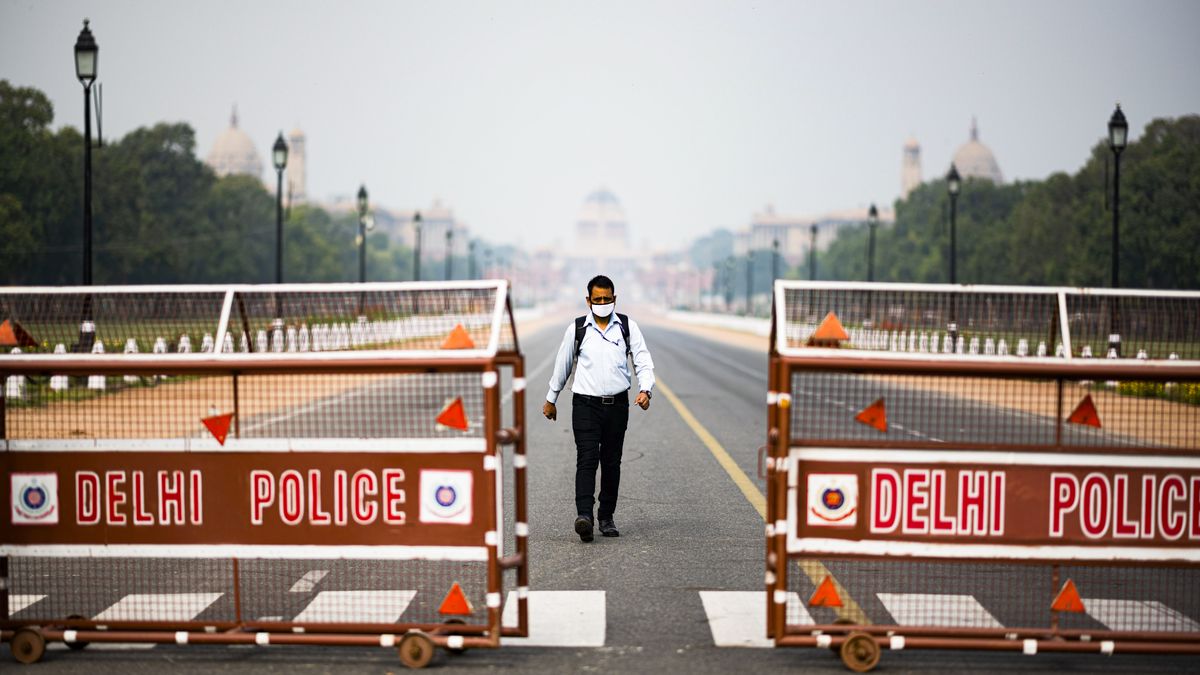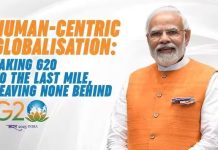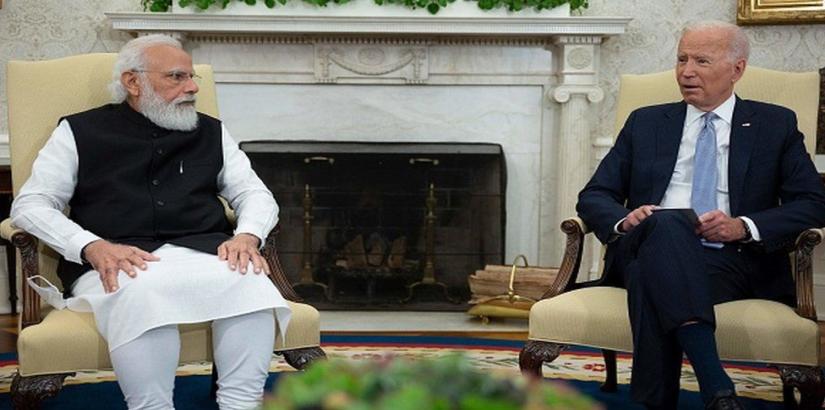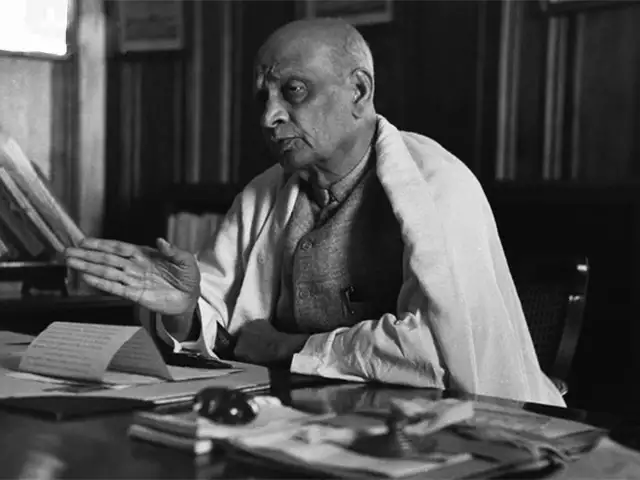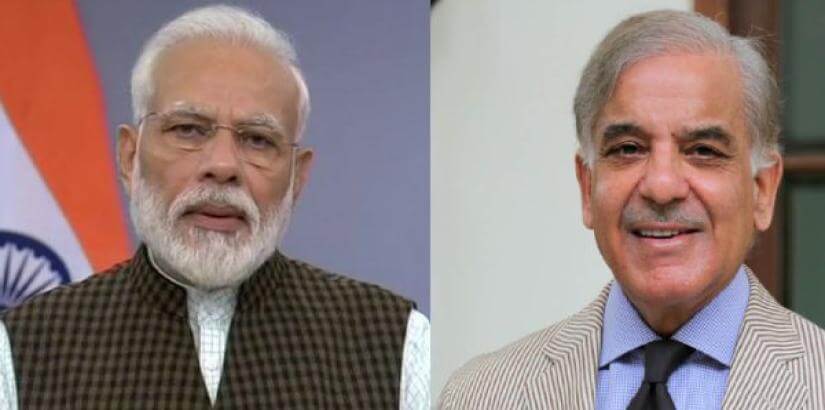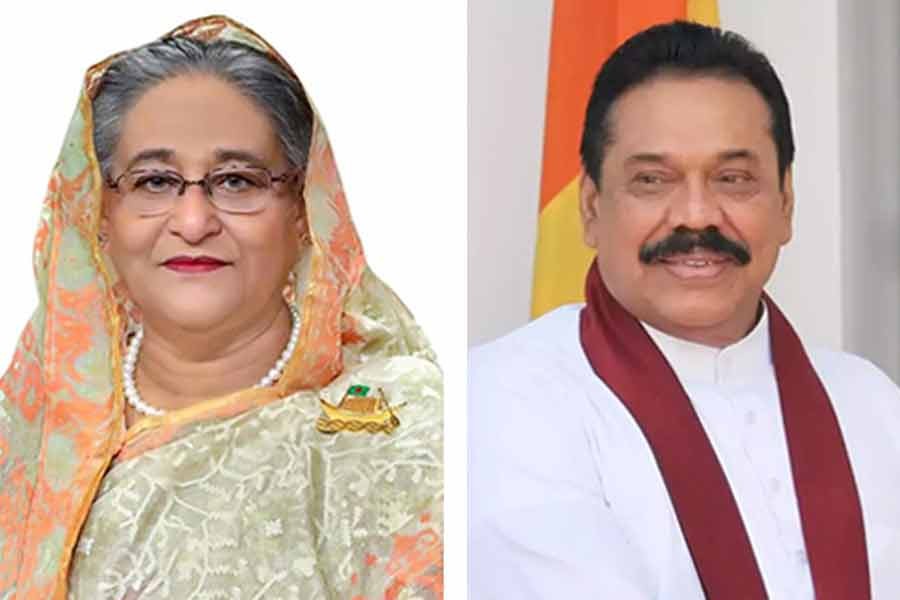Brig Anil Gupta (retd)
It is very unusual for the Prime Minister of a country to address the nation twice within 96 hours, unless there is a grave emergency. With a low literacy rate, Indians are used to living with a “chalta hai” (will be fine) and “Ram Bharose” (God will provide) attitude and are failing to recognise the gravity of the pandemic situation, which is something our generation has not faced. Prime Minister Narendra Modi’s address on March 24, announcing the 21-day lockdown, was essential for our survival.
After independence, this is perhaps the first time India is being put to such a test, with every part of the country affected.
A day before Modi’s announcement, Dr Dara Singh, a renowned orthopaedic surgeon of Jammu, said, “I feel we are late in understanding Covid-19. In other words, we failed to take the required steps so far. Considering the present situation and future expectations from the disease behaviour, education and understanding level of ours, I would not shy in suggesting to the policymakers to plan and act immediately taking note of one line ‘Everyone in India is Covid+ unless proven otherwise’.”
As an army veteran, I completely agree with him. What Modi said was the gist of the doctor’s aggressive advice. Government advisories have insisted on social distancing as the best way to avoid the spread of the deadly pandemic in India, but the general public either doesn’t understand the meaning and purpose of social distancing or is consumed by the “chalta hai” attitude.
He also said, “If we are not able to manage the next 21 days, we will be pushed back by 21 years. For 21 days forget what it means to step out of your homes.” Why 21 days? Corona Virus spreads exponentially. The urgency is to break the chain of its spread. This flu is like an avalanche, slow moving snow initially, but then a wallop.
Considering India’s population and limited availability of health infrastructure, such a stage would be catastrophic.
Thus, the next 21 days are very critical. India has learned from countries like China and drawn lessons from successful models of containment followed by countries like Japan, South Korea, Taiwan, Singapore.
The entire world, including the World Health Organisation (WHO) is waiting to see the outcome of this unique 21-day closure model. India is not only trying to combat the pandemic through control measures but is also promoting indigenous efforts to manufacture testing kits and in research, successfully isolating the virus.
India earlier has also shown the world the path to fight two pandemics like smallpox and polio. The 21-day lockdown will slow the virus transmission, it is hoped. India is developing capability and capacity to isolate, test, treat and trace. But isolation is the most critical to prevent the surge and ultimate outbreak.
With large numbers of people living in over- populated slum clusters and shared unhygienic public toilets, unhygienic living conditions and dirty water supply, how will the social distancing be maintained? While the government has its hands full in combating the Covid-19 pandemic, it is the responsibility of civil societies and NGOs to come forward and address these issues.
Another issue is the disposal of bio-waste being generated daily in numerous quarantine and isolation centres notified across the country. If the waste is not disposed of scientifically, it could prove to be another source of spread of the deadly virus. The administration needs to take a serious note of it and ensure zero-error in this regard.
Ashish K Jha, Faculty Director of the Harvard Global Health Institute, predicts that as many as 40 percent Indians could potentially get infected with the coronavirus, which could mean between 300 million and 400 million infected, up to 70 million needing some hospital treatment, and as many as 8 million to 20 million needing intensive care in hospitals.
“That’s not fathomable in terms of what the hospital system can possibly accommodate, a lot of people could die outside of healthcare facilities,” predicts Jha. To prove his prediction wrong, 21-day lockdown is the last hope.
(The author is a Jammu based veteran, political commentator, security and strategic analyst)

